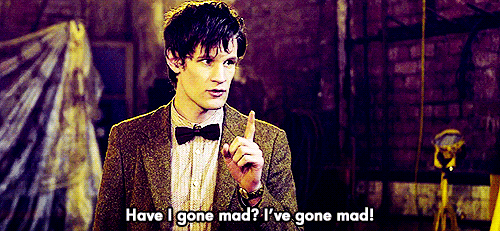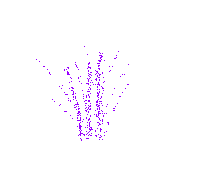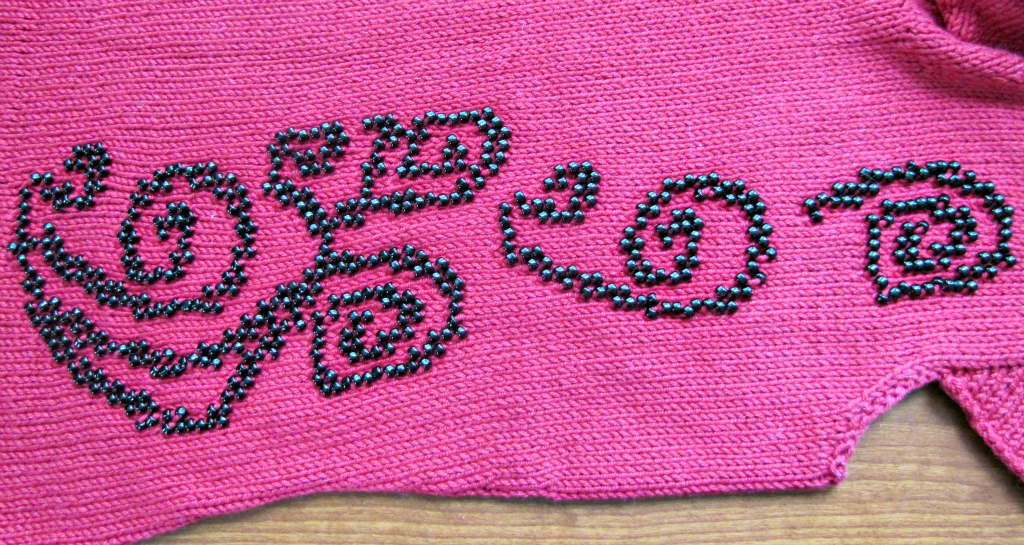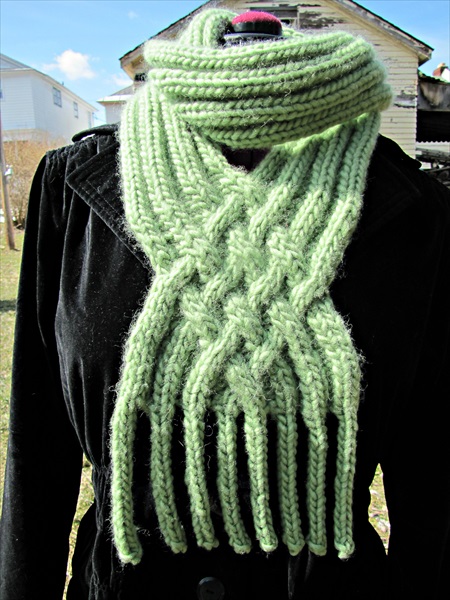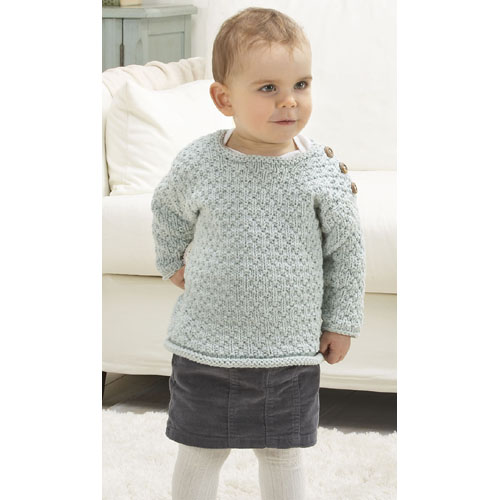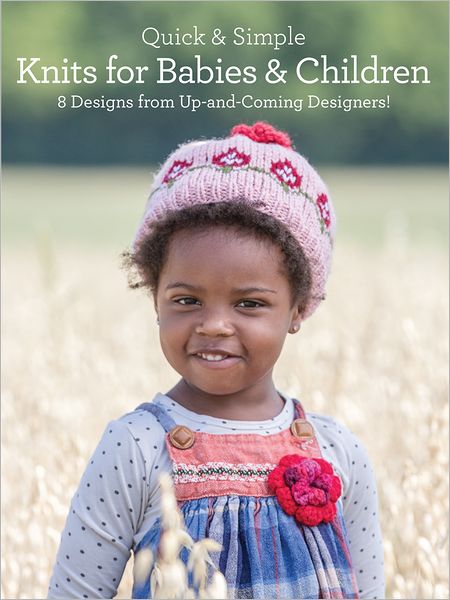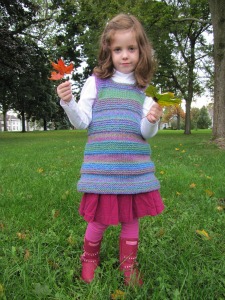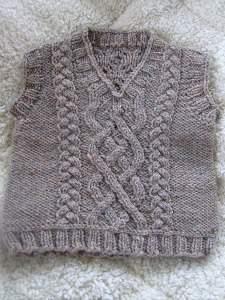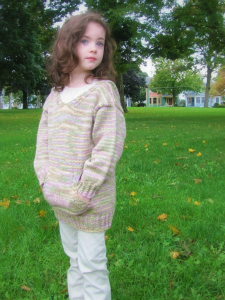Nothing like a bit of motivated blogging! It’s been an embarrassingly long time, so I thought that an enforced post was in order to ease myself back in. (Now in my defense I have been rather preoccupied with buying our first home, and moving into our first home, and doing work in our first home – but excuses, excuses).
I was nominated by Richelle from Shipwreck Dandy to answer a few questions about what I do – so without further ado:
What am I working on?
Attentive people might have noticed that I haven’t published much recently, and this is because I am working on a collection right now, instead of releasing individual patterns. I don’t want to say too much about it – but it is a collection of patterns for children, and I mean that in an all-embracing way. The patterns will be sized for newborns up to young adults, with some preemie sizes too (can’t forget where I came from – I was a 28-weeker), with lots of technique variety, different constructions, and something for every knitter.
How does my work differ from others of its genre?
Admittedly, I make a concerted effort not to look at my contemporaries’ work – I don’t want to be influenced or accused of plagiarism, even if it’s done unconsciously. Historically, however, I have noticed that certain designers or companies will use the same pattern template over and over again, inserting a different stitch pattern or motif as appropriate. I strive to use as many different techniques as I can – and that can be seen in my upcoming pattern collection. Top-down, bottom-up, seamless, pieced, raglan, set-in sleeves, contiguous sleeves, yoked, flat, etc. I want my patterns to be as diverse as possible so that a particular knitter who prefers to knit a garment in a particular way can stay in their comfort zone, and then be nudged ever so slightly towards something new to them.
Also, tired of seeing patterns sized for S, M, L – I try to offer as wide a size range as I can. My record so far is a pattern graded for 16 sizes from a 30” to 60” chest.
Why do I create what I do?
Because I can’t *not* design knitwear, basically. I’ve been knitting since I was 5 – so 32 years now. The two of us were grafted together like a hybrid rose and have grown around each other, intertwined, and fused. Aside from my parents, probably, knitting has been the longest constant in my life – predating any friendships, or even my love of reading. Designing knitwear is a way of taking my love of knitting to another level – when I have a new piece published, or win a prize, or have people share pictures of the projects they have made with my patterns, or have crazy people at Rhinebeck recognize my work and ask for pictures (LOL)… well that just touches my heart and makes me happy in a way that nothing else can.
How does my creative process work?
I have a file of ideas and I jot down potential designs and add stitch charts or pictures. These are kind of in reserve, though – I only really go to the file if I’m having a dry spell. This happens, you can’t expect to be brimming with ideas day in day out, all the time. Well, it happens to me.
It’s slow to begin with. A design idea will come to me, and it can be from anywhere. I don’t do anything for a while – it can take a few weeks to percolate. I keep a notebook by the bed and in the bathroom, because ideas take shape for me sometimes while I’m sleeping, and most often while in the shower. Sometimes I’ll forget to rinse or condition when grappling with a particular pattern problem, LOL. At this point it is ephemeral and fluid – the end product can be very different from the first wisp of an idea that sparked it.
Then I’ll sketch a shape, and from that there are decisions to be made: Adult or kids, male or female (or unisex), size range, season, construction, silhouette, drape, colour. Then I’ll start to look into yarn choices.
If I have similar yarn on hand, I might do a bit of swatching – but I almost always decide on the specific yarn first and approach the relevant companies for yarn support (and they are always very generous, I have never been knocked back yet). Once the yarn is in hand, I start swatching. My knitting friends don’t want to hear about it – but I swatch. A lot. Yes, even for a scarf or a dishcloth. I’m not OCD – it behooves me to measure very accurately as my gauge is the one that the whole design will rest on. I don’t want to deal with the pattern support nightmare of people complaining to me that their project isn’t coming out to the dimensions they thought it would, and it’s a colossal waste of time for them. I cover myself – know the exact gauge – row and stitch, of any and all patterns used in a piece. And I mean the *blocked* gauge because I assume you’ll be blocking your final project. Yes, knitters – you have to swatch. But take comfort in the fact that I am swatching even more than you!
Once I have the gauge – those magic numbers – then work can begin in earnest. I use Excel for my pattern grading, and can start plugging in numbers, setting formulas, and doing calculations. I try to get the pattern extrapolated out in rough form before doing any casting on. I will tweak and recalculate as I go – but I like to have a solid set of numbers in place as I work the sample. I don’t carry a written pattern around with me as I knit, just the chart.
At this point I start to write the pattern up – I use Serif PagePlus for my desktop publishing, Intwined for my charting, and Gimp or MS Paint for drawing schematics.
All three work together for a while – the Excel charts with the crunched numbers, the pattern being written up, and the sample being knit. I’ll have this head start before I put out a call for sample knitters in my Ravelry group. Sample knitters will use yarn that they have on hand in the same gauge and knit the pattern along with me, in different sizes – and offer feedback or let me know of any problems.
Once the sample is done (and blocked!), I have to photograph it, which is the worst part for me. Models can be hard to come by and good pictures with my mid-range camera can be elusive. I take hundreds, hoping for some quality wheat amongst the chaff. I use PicMonkey for re-touching and photo editing. Once the pictures are dropped into the written pattern it is more or less complete. I send it to a tech editor for checking, or if I’m not using a tech editor I will leave it for a few days and come back to check it – I find you need a break before any errors surface. Luckily, since I started grading in Excel, my calculations have been error-free, but there can be typos and things that could be described more clearly.
Once a pattern is done (for self-publishing purposes, anyway), that is still not the end. It has to be uploaded to my website as well as Ravelry, Patternfish, Etsy and Craftsy. It has to be blogged about and promoted, tweeted about and shared on Facebook, and generally advertised as widely as it can be.
Then it settles in nicely with its brother and sister patterns, multitudes of knitters buy it, and I can retire. I lied about the last bit.
Thanks Richelle – this was fun!

